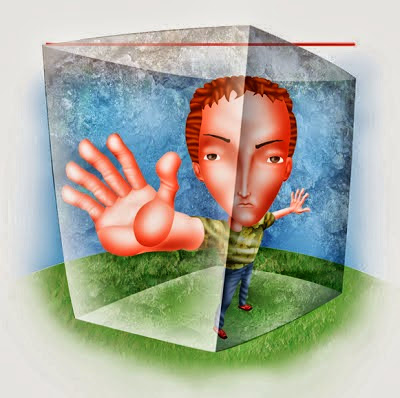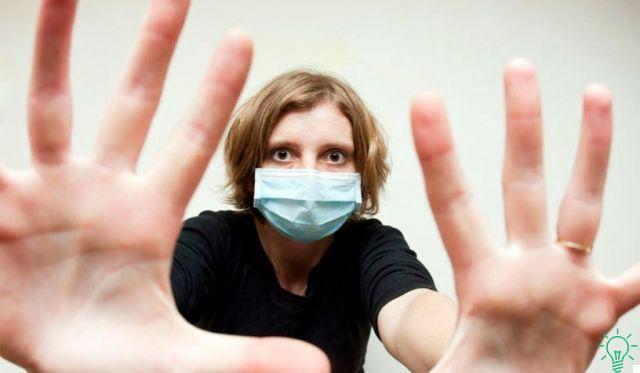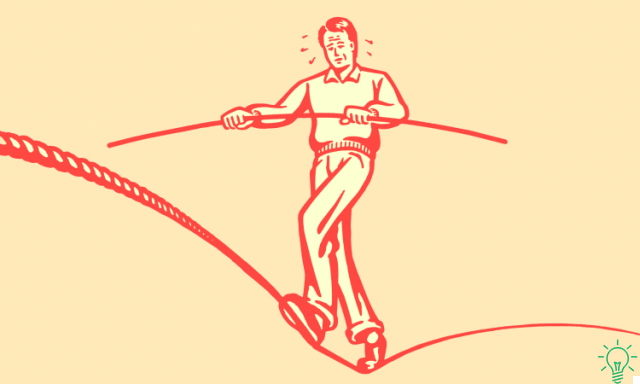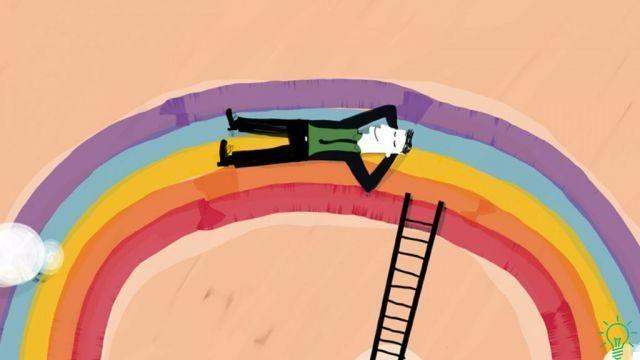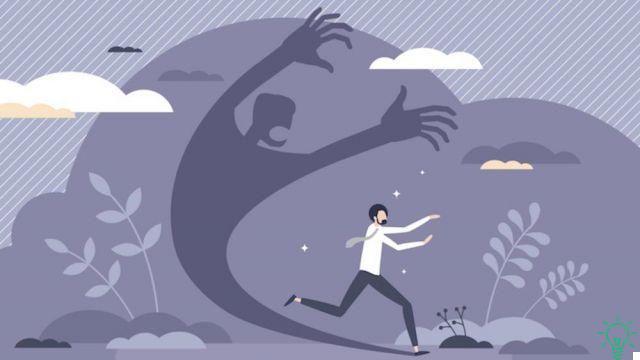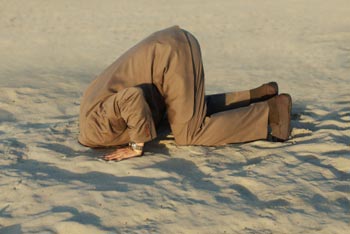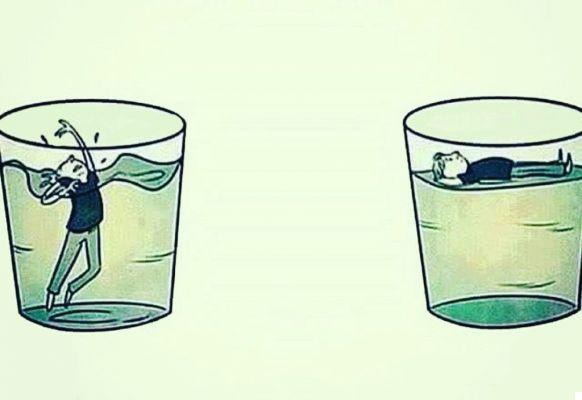
Stress has become public enemy number one. All messages warn us of the dangers it contains. Stress exposure is known to precipitate the onset of various psychological disorders, from anxiety and panic attacks to depression.
However, there are different types of stress and they are not all necessarily negative. In fact, positive life events that excite us can generate stress, such as a move, the arrival of a child or a new work project.
What exactly is stress?
In ancient Greece, Hippocrates already referred to a "disease" as stress which combined elements of pathos (suffering) and ponos (incessant and relentless work). But the concept of stress as we know it today was born in 1956, from the hand of Hans Selye. This endocrinologist established the differentiation between the concept of stress and the stressor, to distinguish between the stimulus and our response.
Therefore, the definition of stress refers to a psychophysiological response that is activated when a situation exceeds our coping resources. When we feel overwhelmed by a physical or emotional challenge, our body and mind react by mobilizing all resources to help us respond quickly and adaptively to the situation. But if the stress is maintained over time, it would end up depleting our resources, in a way that could cause physical and psychological damage.
The mechanism of action of stress
It is an evolutionary mechanism that activates us to make us better deal with a potential danger. Stress activation usually follows a repetitive pattern:
• A stressful event occurs and the autonomic nervous system activates an immediate response
• The stress response activates the sympathetic nervous system, flooding the body with hormones such as cortisol and noradrenaline
• These hormonal changes sharpen the senses, increase heart rate and blood pressure, speed up breathing and cause the brain to go into a state of hyperconsciousness.
• The part of the brain responsible for emotional calm and physical relaxation, the parasympathetic nervous system, is bypassed
• This "neurological cocktail" of hormones and the excessive activation of the brain areas, causes an explosion of energy and concentration, also triggering emotions such as anger, aggression and anxiety
When we are faced with real danger, this reaction is very useful because it allows us to survive, especially in dangerous environments such as those that existed in the past. But the chemistry of the brain responsible for the "fight or flight" response has remained a fundamental characteristic of psychological processes and is activated even when we do not need it.
If we perceive that a situation is stressful, this reaction occurs; regardless of whether the event represents a real danger or not, the release of hormones and the state of hyperconsciousness are the same. This means that it is possible to experience intense physical symptoms just by thinking about something stressful. In fact, Selye himself says that "stress is not what happens to you, but how you react to it".
What are the types of stress?
Generally speaking, there are two types of stress: distress and eustress. Distress is the negative stress we experience when we feel overwhelmed, distressed and tense due to situations we perceive as negative and threatening.
Instead, eustress is a positive stress that allows us to react quickly and adapt to changes. The problem is that the line between eustress and anguish is very thin and easy to cross. In fact, if the eustress situations persist over time, they can generate malaise.
1. Basic stress
Daily life can be stressful. Coping with problems at work, obligations at home, social commitments and family conflicts produces a certain level of sustained activation over time. It is a basic or underlying stress that we get used to and the level of which varies from one culture to another according to the challenges they present and from person to person based on the ability to face those challenges.
An experiment conducted at Radboud Nijmegen University found that relatively high baseline stress levels act as a protective factor in a stressful situation, generating a less intense response of the hypothalamic-pituitary-adrenal axis. This means that exposure to relatively stressful situations can help us develop our coping resources, so that we are not so responsive.
2. Eustress
The word eustress is made up of the Greek prefix eu, which means good. Therefore, it is used to refer to a "positive stress" level. This type of stress tends to last a short time, a few hours or a couple of days, so as not to trigger harmful psychophysiological responses in the medium and long term.
Unlike distress, which generates distress and anxiety, eustress stimulates and motivates. In fact, it facilitates a state of focused attention and high energy that allows us to face the challenge. According to Yerkes Dodson's law, eustress generates an optimal level of anxiety which increases our performance. The eustress could help us, for example, to finish a work project on time or to find the strength in the midst of adversity or the energy to do something that we are passionate about.
3. Distress
• Acute stress
Acute stress is an intense reaction of the body to a threat, real or imagined, which can put our physical or psychological well-being at risk. This type of stress comes on suddenly and its level increases rapidly because its main mission is to prepare us for attack or flight.
Acute stress is common after experiencing a critical and unexpected situation, such as a natural disaster, an assault, but also the death of a loved one or the loss of a job. This type of stress consumes an enormous amount of physiological and emotional resources, so much so that, if not deactivated in time, it can quickly cause physical symptoms.
Not only does it create enormous distress, but it leads to extreme exhaustion. In fact, it often triggers autonomic symptoms such as dizziness, nausea and palpitations. In extreme cases it can also cause fainting or reactivate old pathologies.
• Cumulative stress
When the stress level is high and maintained over time, it refers to cumulative or chronic stress. When we constantly expose ourselves to situations that generate tension and fail to free ourselves from anguish, the stress ends up building up and triggers a series of physical reactions, such as inflammation, which can cause various diseases. This type of stress often leads to apathy and disorganized behavior. It generates anxiety and worry, plunging us into a vicious circle of negativity and apprehension.
This type of stress is common when we feel we are losing control of our life or when several negative circumstances are concentrated in a short period of time and we are unable to cope with their emotional impact. In fact, a study conducted at the University of Cambridge found that when the basal stress level remains high for a long time, generating a sustained increase in cortisol, without being able to relax, affects the functioning of the hypothalamic-pituitary-adrenal axis and leads to depression.






